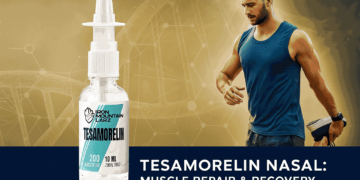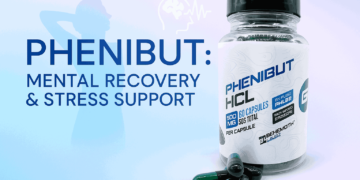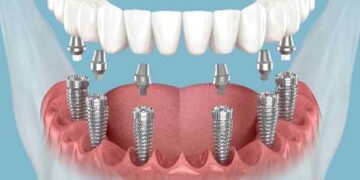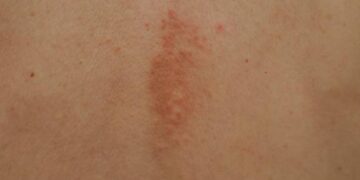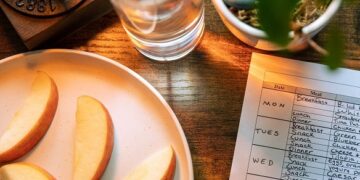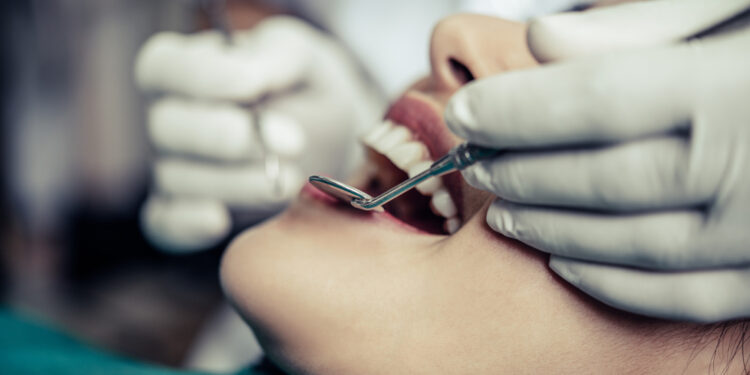Getting a tooth extraction can feel intimidating, but with the right care afterward, your recovery can be much smoother. One of the most important steps in healing is paying attention to what you eat. The foods you choose can either speed up your recovery or cause complications that make the process more uncomfortable.
If you are wondering what belongs on your plate and what to avoid, here is a clear guide to help you heal comfortably and quickly.
Why Diet Matters After an Extraction?
After a tooth is removed, the area is tender and vulnerable. Eating the wrong foods—especially those that are hard, spicy, or too hot—can irritate the wound or dislodge the blood clot that forms in the socket. That blood clot is crucial, as it protects the bone and nerves underneath while your mouth heals. Losing it can lead to a painful condition called dry socket.
That is why being careful about your food choices during recovery is not just about comfort—it is about protecting your oral health.
Best Foods to Eat After an Extraction
Soft, nourishing foods are your best bet for the first few days. They require little chewing, are gentle on your mouth, and still provide the nutrients your body needs for healing.
Here are some great options:
- Smoothies – Blended fruits with yogurt or milk can be filling and packed with vitamins. Just avoid using a straw, since suction can disturb the healing site.
- Mashed potatoes – Soft, warm, and comforting, mashed potatoes are easy to eat and full of energy-boosting carbs.
- Yogurt – Cool, creamy yogurt can soothe your mouth and provide probiotics that support overall health.
- Scrambled eggs – Packed with protein and soft in texture, eggs are a simple, healing-friendly meal.
- Applesauce – A smooth, sweet option that is easy to swallow without chewing.
- Oatmeal or cream of wheat – Once you are comfortable, these warm cereals make for gentle but hearty meals.
- Soups and broths – Nutritious and hydrating, though you will want to make sure they are lukewarm, not hot.
The key is to choose foods that are smooth, non-irritating, and require minimal effort to chew.
Foods You Should Avoid
While some foods can help, others can slow healing or even cause complications. Avoid these in the days following your procedure:
- Crunchy snacks – Chips, nuts, and crackers can get lodged in the socket and irritate the wound.
- Spicy foods – Chili, hot sauces, and heavily seasoned dishes can sting and cause discomfort.
- Acidic foods – Citrus fruits and tomatoes can irritate sensitive tissues.
- Hot foods and drinks – Heat may dissolve the clot and delay healing.
- Sticky or chewy foods – Items like caramel or chewing gum can pull at the wound and increase discomfort.
- Alcohol and carbonated drinks – These can interfere with clot formation and healing.
Avoiding these foods may feel restrictive at first, but it greatly reduces your risk of complications.
When to Reintroduce Regular Foods?
Everyone heals at a different pace, but most people start reintroducing solid foods after about a week. Begin with softer options—like pasta or soft-cooked vegetables—and slowly move to chewier meals as your comfort allows. Always listen to your body and avoid anything that causes pain or pressure.
If you are unsure about your diet, reaching out to a trusted Ramsey family dentist can give you personalized guidance based on your situation.
Tips for Eating Comfortably During Recovery
- Chew on the opposite side – Keep pressure off the extraction site to avoid irritation.
- Eat smaller meals – Gentle portions are easier to manage while healing.
- Stay hydrated – Drink plenty of water, but avoid using straws.
- Take it slow – Introduce new textures gradually, and stop if something feels uncomfortable.
Following these simple steps helps you stay nourished without disrupting the healing process.
Final Thoughts
Recovery after a tooth extraction may feel challenging at first, but choosing the right foods can make a big difference. Stick to soft, soothing meals in the beginning, avoid crunchy or spicy items, and give your mouth the time it needs to heal.
With a little patience and the right dietary choices, you will be back to enjoying your favorite foods soon—without risking your recovery. And if you ever feel unsure about what is safe, your local dental team can guide you every step of the way.








